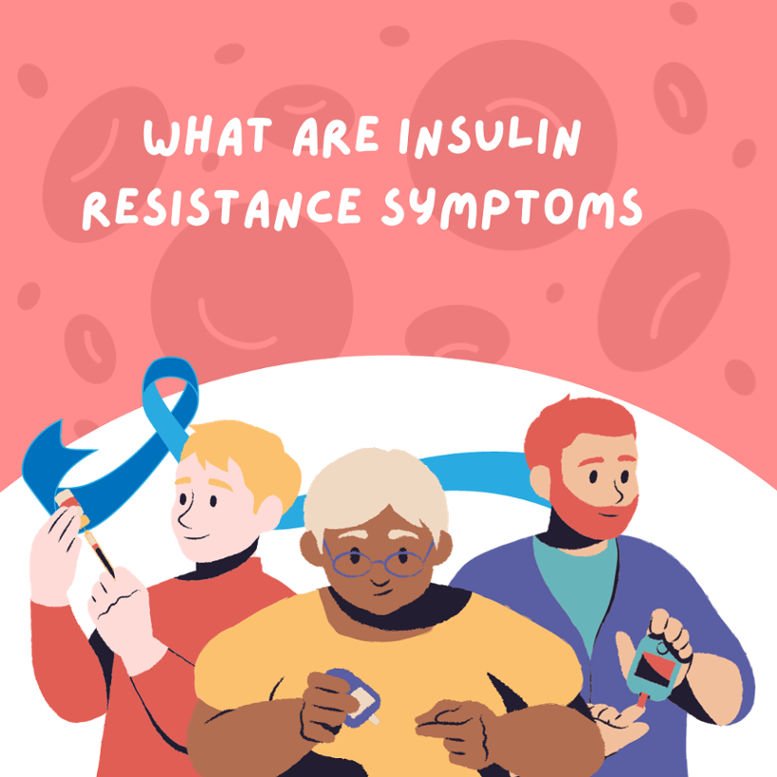What is insulin?
A hormone produced by the pancreas, insulin facilitates the uptake of blood glucose by muscle, fat, and liver cells, where it is utilized as an energy source. The diet is the source of glucose. When necessary, like during a fast, the liver also produces glucose. The pancreas in your belly produces insulin when blood glucose levels, also known as blood sugar, increase after you eat. Insulin then maintains blood glucose within the usual range by lowering it.
Here’s some information about insulin presented in a table format:
| Property | Description |
|---|---|
| Type | Hormone |
| Function | Regulates blood sugar levels by facilitating glucose uptake into cells |
| Produced by | Beta cells in the pancreas |
| Release Trigger | Elevated blood sugar levels (after meals) |
| Role in Metabolism | Allows cells to use glucose for energy production |
| Deficiency | Causes diabetes mellitus, leading to high blood sugar levels |
| Administration | Injections (for diabetes treatment) |
| Storage | Usually stored in the refrigerator |
| Chemical Structure | Peptide hormone |
| Commercial Sources | Produced by pharmaceutical companies for medical use |
What is insulin resistance?
Insulin resistance results from your muscles, fat, and liver cells becoming able to readily absorb glucose from your blood due to poor insulin response. Your pancreas produces more insulin as a result, facilitating the entry of glucose into your cells. Your blood glucose levels will remain within the normal range as long as your pancreas can produce enough insulin to counteract the weak response of your cells to insulin.
Insulin Resistance Symptoms and Signs
The hormone insulin, which is produced by your pancreas, causes your body’s cells to become less sensitive to it. This state is known as insulin resistance. Because insulin facilitates the body’s cells’ absorption of glucose, or sugar, from food, it plays a critical function in controlling blood sugar levels.
Having chronically elevated blood sugar levels can lead to the development of insulin resistance. Insulin resistance can be difficult to diagnose in the early stages since symptoms might appear gradually, so many people don’t know they have it until they get a blood test. Among other symptoms, weight gain, frequent urination, and exhaustion may appear as insulin resistance worsens.
Elevated Blood Sugar
High levels of glucose in the blood are referred to as high blood sugar or glucose in medical parlance. This is frequently one of the initial indications of insulin resistance. A hemoglobin A1C test, which evaluates your average blood sugar levels over the previous three months and looks for higher blood sugar levels, may be ordered if your healthcare practitioner believes you may be at risk of diabetes or are exhibiting symptoms of high blood sugar.
Less than 5.7% for the A1C test is regarded as normal. In contrast, a test falling between 5.7% and 6.4% may suggest that you have prediabetes, a condition in which the levels of glucose in your blood are higher than usual but not high enough to be diagnosed as type 2 diabetes.
Excess The fats
Your body uses and stores fats and cholesterol in different ways, and it is involved in these processes. If the level of cholesterol is excessive, an easy blood test can determine this. If your blood test yields any of the following results, your doctor may suspect diabetic resistance.
Regular Urination
The condition known as poly or frequent urination is your body’s attempt to eliminate extra glucose.
When your blood glucose levels are high, your kidneys work hard to eliminate the extra glucose. Usually, glucose enters the kidneys through the filter and is reabsorbed by the kidneys back into the bloodstream.
High Thirst
Some parts of your skin, such as the back and sides of your neck, or your underarms may seem darker in color if you develop diabetes or lack insulin. It’s known as acanthosis nigricans. These areas of your skin may also get multiple little growths known as skin tags in addition to darker skin.
To what extent is insulin resistance popular?
The simplest way to gauge the level of its resistance is to look at the number of instances of prediabetes, as there are no conventional tests to check for its resistance and no symptoms until it progresses to prediabetes or Type 2 diabetes. Prediabetes affects more than 84 million persons in the United States.
A Brief Recap
Insulin resistance frequently remains undiagnosed until symptoms appear. However, when your condition worsens, you may have symptoms such as elevated blood sugar, exhaustion, and unexplained weight fluctuations. your doctor and be checked if you’re having these symptoms. Its resistance can result in type 2 diabetes and associated problems if left untreated.

I’m a seasoned content creator with 6+ years of experience crafting engaging, SEO-optimized content that drives traffic and rankings. I excel in keyword research, link building, and guest posting, ensuring your brand reaches new heights.

